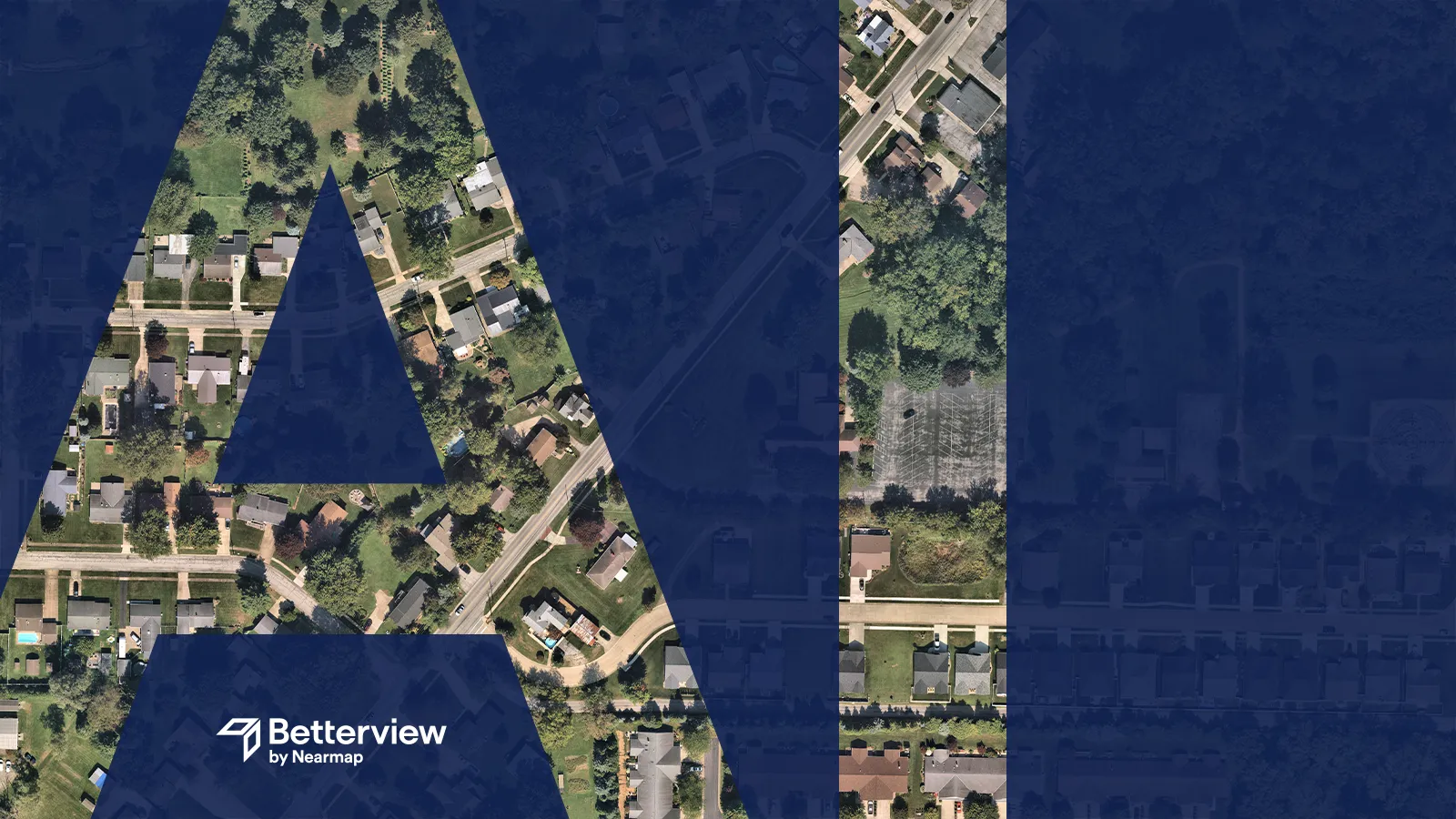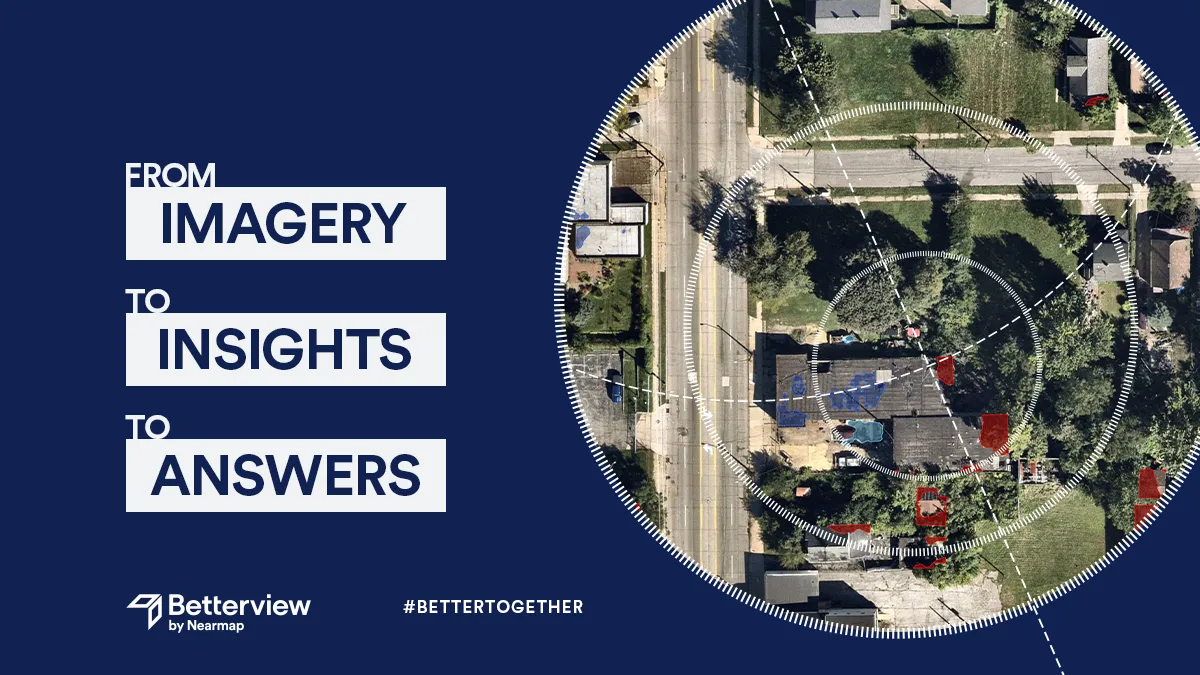How AI Can Keep P&C Insurers Profitable
How can P&C insurers remain profitable in 2024?
3 min read
 Meadow Green
:
Apr 26, 2023 7:00:00 PM
Meadow Green
:
Apr 26, 2023 7:00:00 PM

Marcus, a father of four living in a suburb outside of Miami, feels overwhelmed when he is notified of an approaching tropical storm—until his insurance agent sends him an email with a list of emergency resources and a guide to jumpstarting any claims immediately. Betty, the manager of a local coffee chain in Oakland, feels great about her new warehouse location – until she gets a letter from her insurer that the roof shows significant deterioration, and faces imminent collapse unless repairs are made immediately.
The names of these stories are fabricated, but the details are not. In the modern property insurance landscape, innovative technologies have ushered in an era of digital transformation. One effect of this is that insurance companies can build stronger relationships with their customers based on trust, transparency, and collaborative risk management. In effect, they can become “insurance heroes” for their policyholders. The name for this revolution in customer experience is personalization, and it is one of the major trends impacting P&C insurers today. In order to make the most of digital transformation, insurers must embrace opportunities to create more personalized customer experiences throughout the policy lifecycle.
Why Personalization Now?
Like all industries, insurance companies have been grappling for years with the impact of the 4th Industrial Revolution and the rise of new technologies like Artificial Intelligence and big data analytics. While some companies were hesitant at first, the adoption of these technologies increased rapidly when the COVID-19 pandemic made them the only option. Forced to adapt to social distancing protocols, P&C insurers made use of new technologies as never before. According to one survey, 85% of insurers reported that digitization of operations had “sharply accelerated” in the wake of the pandemic, putting them “years in advance” of previous projections. From embracing remote property inspections to building a more seamless digital customer experience, digital transformation has impacted every part of the policy lifecycle for insurers.
But it was not just insurers who were affected by COVID-19. Customers were also confronted with a new, more digital policy experience, and many of them grew accustomed to this process. After seeing what new technologies are capable of, policyholders will no longer accept the pre-pandemic status quo. They have come to expect a better customer experience from their insurance company – as well they should. The technology exists to evolve P&C insurance into a more personalized and painless industry, one that works together with customers to provide more security and peace of mind. Especially as climate-related risks continue to increase in the years to come, it is more important than ever for insurers to do everything they can to be heroes for their insured. Those who embrace this trend will thrive in the years ahead. Those that do not, however, may find themselves quickly left behind.
How Digital Transformation Enables Personalization
Digital transformation goes hand in hand with personalization, especially thanks to the rise of property intelligence and the insurtech companies that leverage it. Property intelligence, especially when housed in an intuitive, user-friendly platform, allows underwriters, agents, and claims adjusters to understand the unique needs of each individual policyholder. When insurance professionals view their book of business in this way, they can give each policy the attention it deserves, establish mutual trust with the insured, and even help to prevent avoidable losses
A few examples of property intelligence empowering personalization include:
These are just some of the ways that property intelligence and other new technologies empower insurers to build more personal and collaborative relationships with their insured. The industry at large has taken note of this, and shrewd insurers have already begun adopting these new strategies. According to a report from Guidewire, 43% of P&C CIOs are actively working to make their IT strategy more agile, with particular attention paid to building a more seamless digital customer experience. For companies that have already embraced digital transformation and property intelligence, the benefits are tangible. One IBM study suggests that companies using digital platforms to interact with policyholders yield 25% more revenue and 33% more premium than companies not doing so.
If it wasn’t already set in stone before the pandemic, COVID-19 has ensured that digital transformation is here to stay in the P&C insurance industry. Customers now know the level of personalized experience that is possible, and they will accept nothing less. Insurers need to take note of this and double down in 2023 on implementing property intelligence solutions throughout the policy lifecycle. At every point of contact with the insured, companies should ask themselves: how can we use new technologies to improve this experience, increase trust, and proactively mitigate risk? If they can do this successfully, insurers can become insurance heroes for their customers.

How can P&C insurers remain profitable in 2024?

What does the Nearmap acquisition of Betterview mean for the insurance industry?

The insurance industry, and the technology that supports it, have seen significant change over the last few years. New technology continues to come...